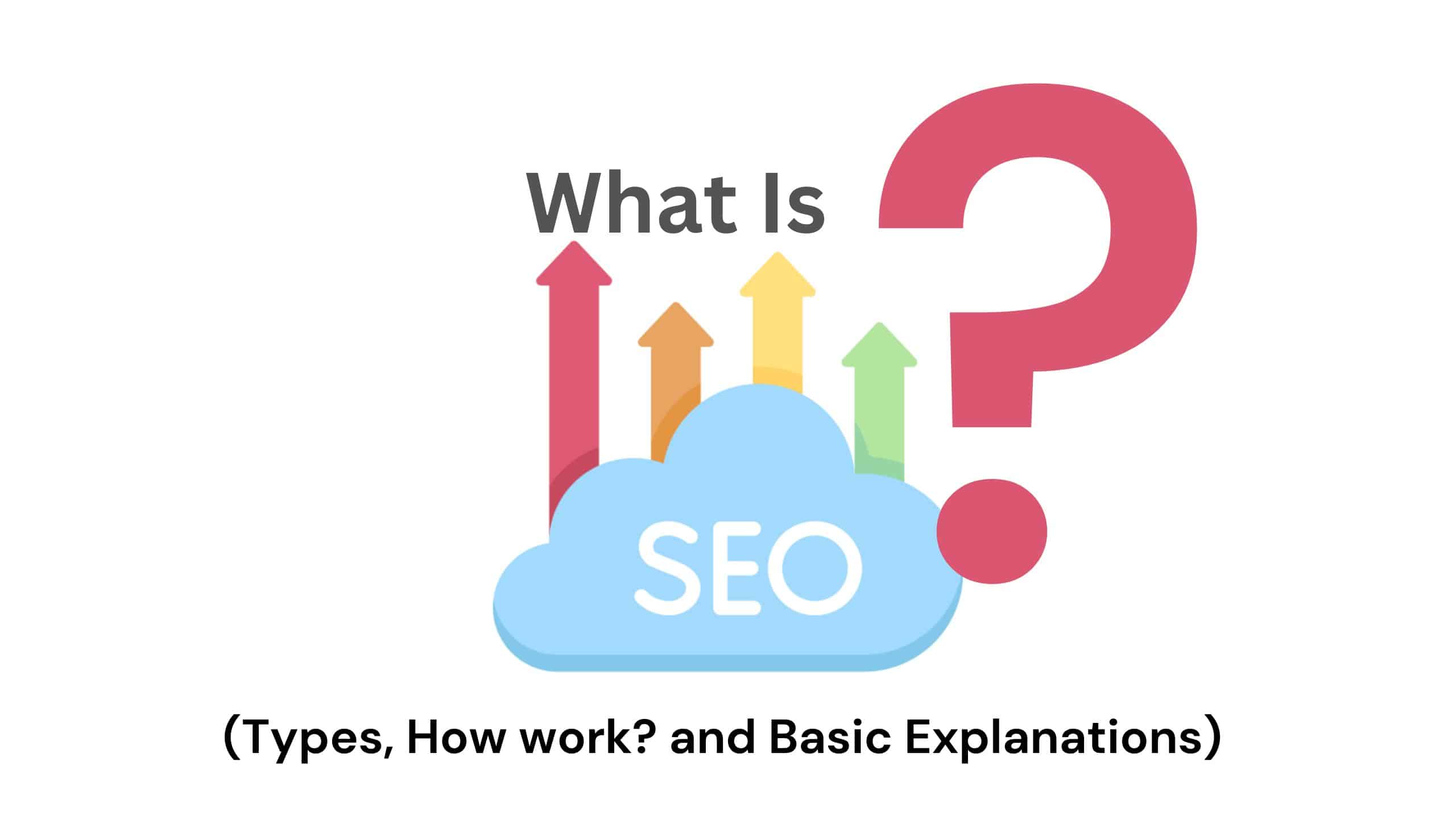Using Hreflang Tags correctly on your website is important for ensuring that search engines, like Google, understand the language and regional targeting of your content.
Hreflang tags help search engines serve the appropriate version of your webpages to users in different locations, which can improve the overall user experience and increase organic traffic to your site.
In this guide, we’ll explore how to effectively use hreflang tags on Google for your website.
What are hreflang tags?
Hreflang tags are HTML attributes that tell search engines about the language and geographical targeting of a specific webpage. These tags are used to indicate alternative versions of a page that are available in different languages or for users in different countries. By implementing hreflang tags correctly, you can help search engines serve the right version of your content to the right audience.
Here’s an overview of the steps involved in using hreflang tags effectively:
1. Identify your target languages and regions:
Before implementing hreflang tags, you need to determine the languages and regions you want to target with your content. Analyze your target audience and identify the languages they speak and the countries they are located in. This information will help you create the correct hreflang annotations.
2. Determine the appropriate hreflang implementation:
Depending on the structure and organization of your website, there are several ways to implement hreflang tags. The most common methods are using HTML link elements, HTTP headers, or XML sitemaps. Choose the method that works best for your website and development setup.
3. Use the correct hreflang attribute values:
The hreflang attribute values should accurately represent the language and region of each version of your webpage. Here are the two main attribute values used:
- Language: Use the two-letter language code (e.g., “en” for English, “fr” for French).
- Region: Use the two-letter country code (e.g., “us” for the United States, “fr” for France).
For example:
<link rel="alternate" hreflang="en-us" href="https://example.com/page-us.html" />
<link rel="alternate" hreflang="en-gb" href="https://example.com/page-uk.html" />Make sure to provide unique hreflang tags for each language and region version of your page. If you have multiple pages with the same content but different languages, use self-referential hreflang tags to indicate the relationship between them.
4. Implement hreflang tags consistently:
Ensure that your hreflang tags are consistently implemented across all relevant pages of your website. Every page that has an alternate language or regional version should include the appropriate hreflang annotations. This includes homepage, category pages, product pages, and any other pages you want to target for specific languages or regions.
5. Verify the correct implementation:
Once you’ve implemented hreflang tags, it’s essential to verify that they are working correctly. You can use various methods to check the implementation:
6. Handling multi-language and multi-regional content:
If you have multiple language or regional versions of your content, consider providing language or region selectors to allow users to switch between different versions easily. This can improve the user experience and help search engines understand the availability of alternate versions.
7. XML sitemaps:
Including hreflang annotations in your XML sitemaps can further assist search engines in understanding the language and regional targeting of your content. Ensure that your sitemap is regularly updated and includes the correct hreflang annotations for each version of your pages.
8. Monitor and maintain:
Regularly monitor the performance of your hreflang implementation and make any necessary updates or adjustments. As your website evolves, new language or regional versions may be added or removed, requiring corresponding changes to the hreflang tags.
By following these steps, you can effectively use hreflang tags on Google for your website and improve your visibility in search results for different languages and regions. Remember to stay updated with the latest best practices and guidelines provided by search engines like Google to ensure optimal implementation.





